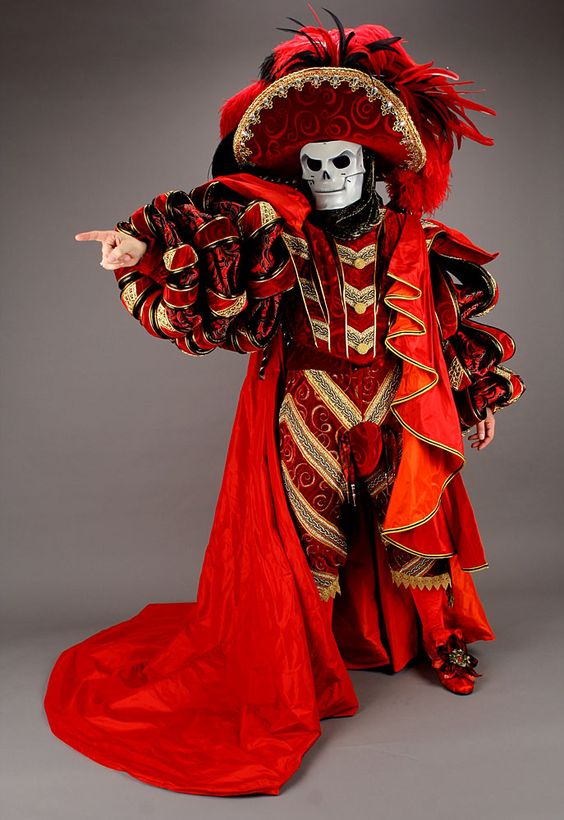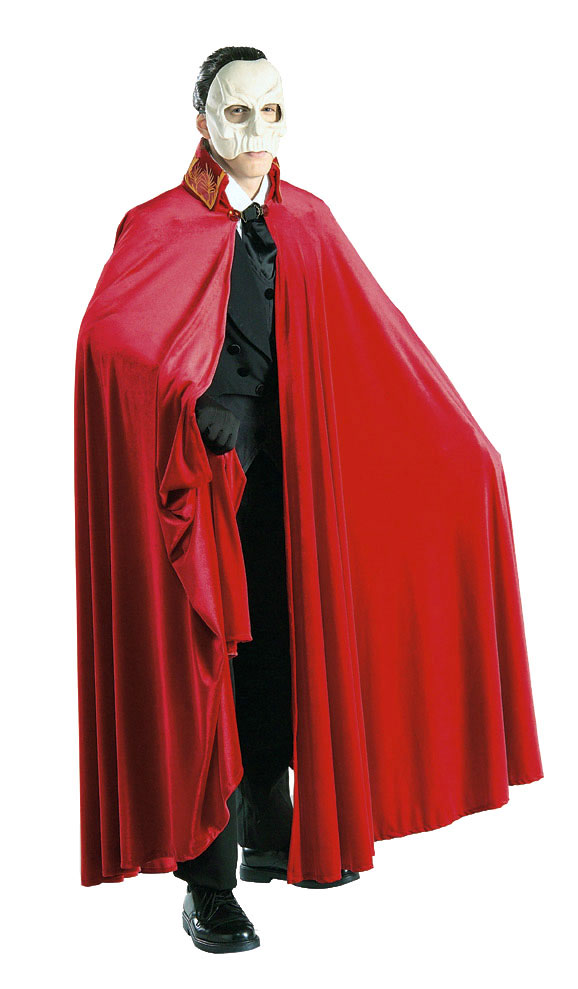
This includes the designer and, according to the type of show, composer, choreographer and conductor. Once a play and its director have been chosen, a creative team is selected. Sketch book page for 'The Merchant of Venice', Sophie Fedorovitch, 1947. Pristine costumes are therefore likely to come from productions that failed, though they can still be superb examples of a designer and maker’s art. The clothes must stand up to robust handling, quick changes, theatre grime and the sweat generated by nerves and the incredible heat of the stage light.


Fashionable clothes may only be worn a few times, but in a successful stage production a costume is worn every night for months or years. Colours which seem garish in daylight soften under strong stage light.Ĭostumes also have to be extremely well constructed to survive the strains of performance and many costumes bear the scars of a long life. What at first glance seems crude is actually boldness, as a costume has to ‘read’ as well from the back of the auditorium as close up to the stage. Yet only in close-up can the inventiveness and resourcefulness of designer and maker be really appreciated. These treasures demonstrate the imagination, knowledge, skill and ingenuity of the designers, and the makers who translate their two-dimensional designs into three-dimensional forms.Ī much-repeated cliché is that theatre costumes are badly made, tawdry, unfinished and don’t bear close inspection. But stage design is still an uncertain job and even today, designers often combine theatre work with a career as a painter or teacher. The 20th century saw the emergence of the career designer, and then the setting up of training courses.

Costumes could be devised by a combination of performer and maker or drawn by a specialist and made by the theatre workshops and outworkers. In the 19th century, when realism was the predominant style, the scenery was usually designed by the scene painters. Examples of these artists include Inigo Jones, Leonardo da Vinci and Philip de Loutherbourg.

All are a tribute to the creativity and skills of designers and costume makers from the mid 18th century to today, in every kind of live performance - drama, opera, dance, musicals, pantomime, rock and pop, music hall, cabaret, circus.īefore the 19th century designing the great court spectacles and theatrical scenery was usually a side-line to an artist’s major work. Frieze showing the costume design for Peter Grimes in Benjamin Britten’s opera 'Peter Grimes', Alix Stone, Scottish Opera, 1968Īmong the Theatre and Performance collections there are over 3,500 stage costumes and accessories - ranging from complete outfits to individual headdresses.


 0 kommentar(er)
0 kommentar(er)
